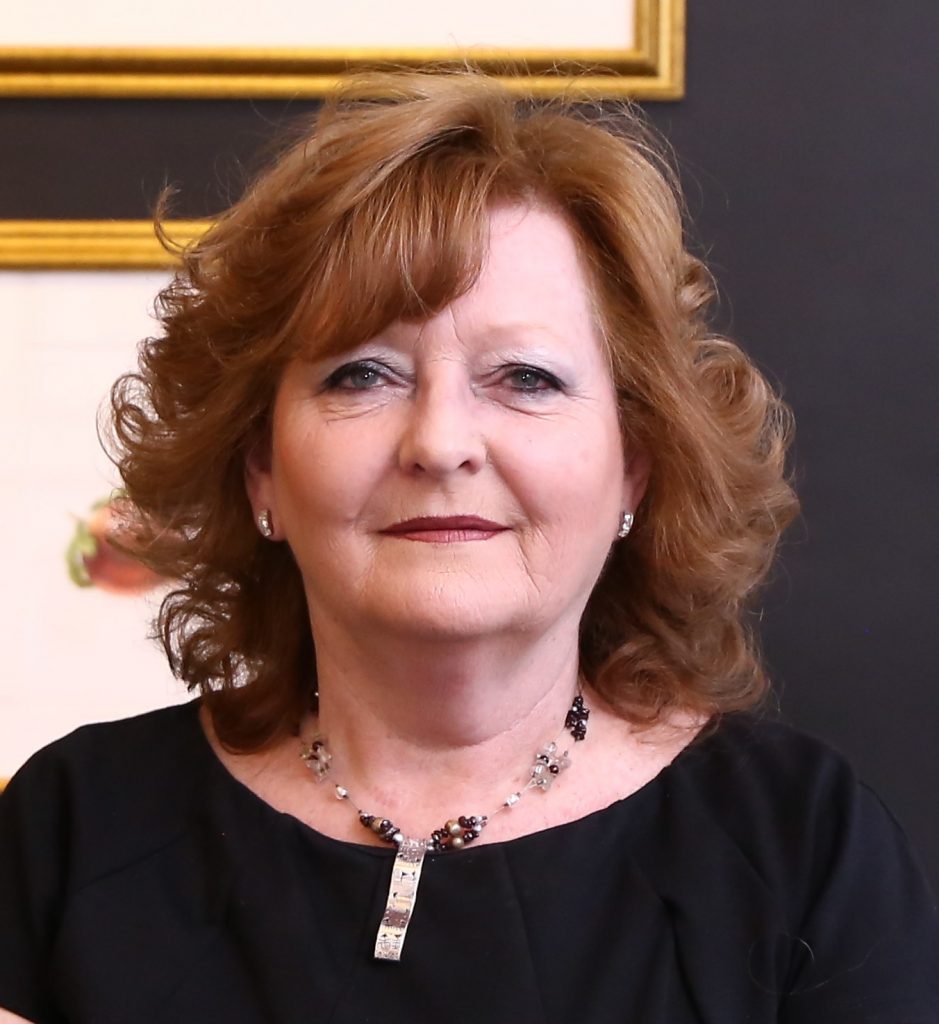
 In Conversation with Barbara Rowell
In Conversation with Barbara Rowell
Elina Sairanen sat down with Barbara Rowell, the founder of Jacaranda Images, an Amman-based art gallery specialising in works on paper, to talk about her career as a gallerist, the decision to focus on works on paper and the art scene in the Jordanian capital.
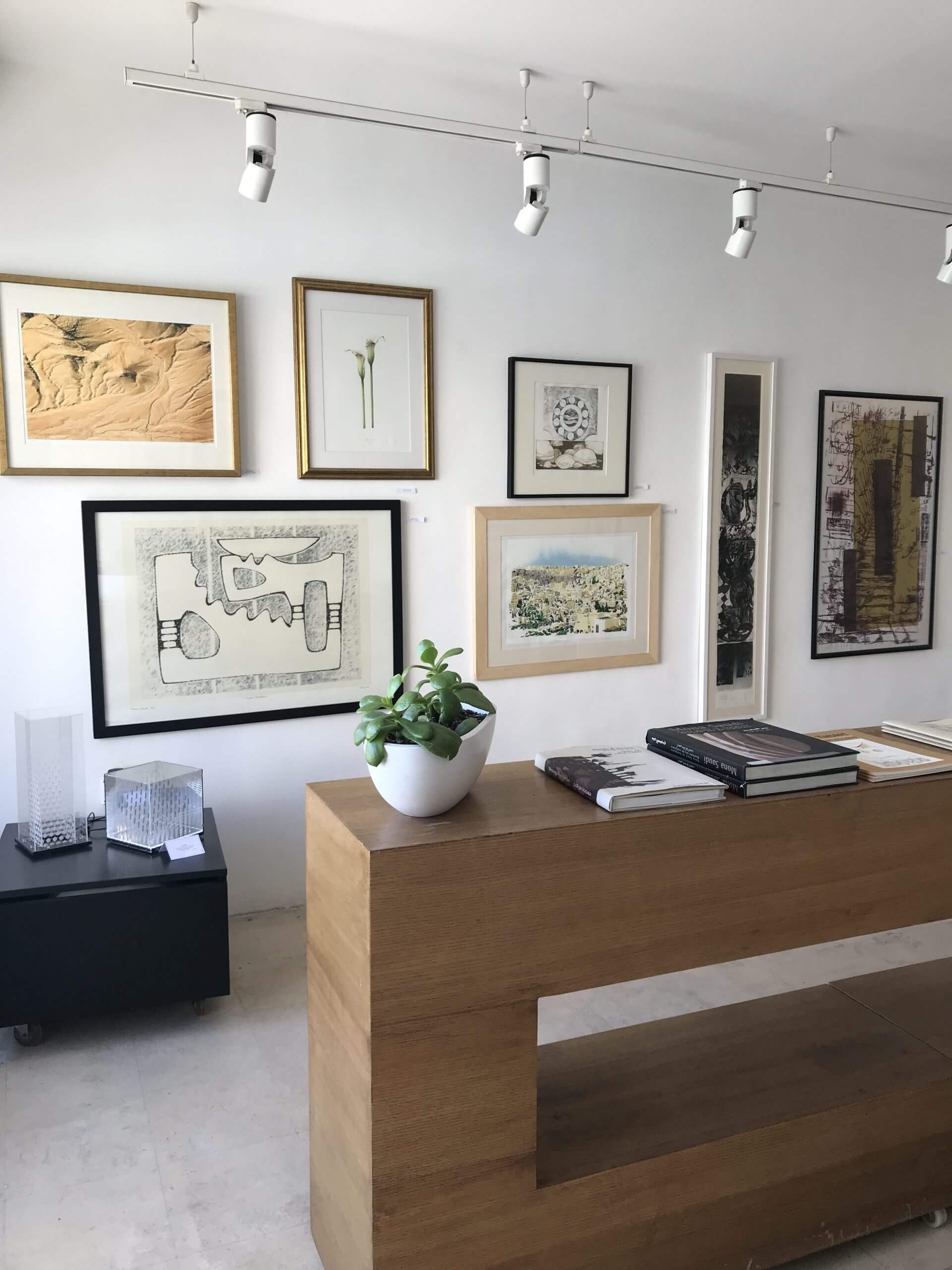

Elina Sairanen: Great to meet you, Barbara. Could you start by introducing yourself and your gallery, Jacaranda Images?
Barbara Rowell: My professional background is diverse. I studied graphic design in Australia, worked in that for a couple of years and then travelled abroad. My career went in a range of different directions from working in hospitality to teaching English in Japan and to working in conferences and exhibitions. That’s how I arrived in Jordan: I was working with conferences and exhibitions at major hotel. In that process I got to meet several artists – after all, the community in Amman is fairly small. I got involved in the cultural scene and met Ammar Khammash. He started an exhibition space in a venue that I managed. We ended up doing a number of self-promoted exhibitions for different artists. A friend and I decided that we would open a gallery offering purely prints. I didn’t know many print artists in Jordan, but I did know many artists. Soon I realised that many of them had done work in printmaking, but it seemed not many galleries were really showing that work.
Jacaranda Images opened in 2007 with a collection of prints I had gathered over the years. We were fortunate to have the very early support of important artists such as Mona Saudi and Rafa Nasiri, who introduced us to many other graphic artists. I can’t overemphasise his importance – he was a fantastic supporter and introduced us to many printmakers in the region and particularly from Iraq. In the beginning, the gallery was only open part time and there was no pressure concerning financing the gallery, which gave us freedom to do interesting exhibitions that didn’t need to be commercially successful. We had the privilege to do shows where artists like Ammar Khammash could step outside their mainstream work.
Altogether, we’ve done more than 70 exhibitions ranging from new and upcoming artists doing fun things, for instance during the Mike V Derderian exhibition Cirque du Habaleeno we had a popcorn machine, to exhibitions with established and well-known artists such as Mona Saudi.
Being a print focussed gallery we find a lot of our time is spent educating our visitors on the techniques and differences in print artworks. People do not always understand the difference between an offset lithography poster or an original print where the artist has pitched the plate, so there can be a misunderstanding of why something would cost 250 dinars as compared to 20 dinars.
I’ve also tried to introduce Australian art, especially indigenous art. to Jordanian audiences with exhibitions that show contemporary acrylic works that can also translate well to various printmaking techniques. We were very proud to bring a major exhibition to the Jordanian National Gallery of Fine Arts, in association with the Australian Embassy in Jordan titled A Sense of Place.
In 2020 we moved to our current location, providing accessibility to art for patrons of the café above us. We’ve also started to publish more of our own work including cards, posters and prints – presenting a more affordable option for our clients. We have always been about affordable and accessible art, which is why we originally opened with a location that had large shop front windows to the street so people could see the art.
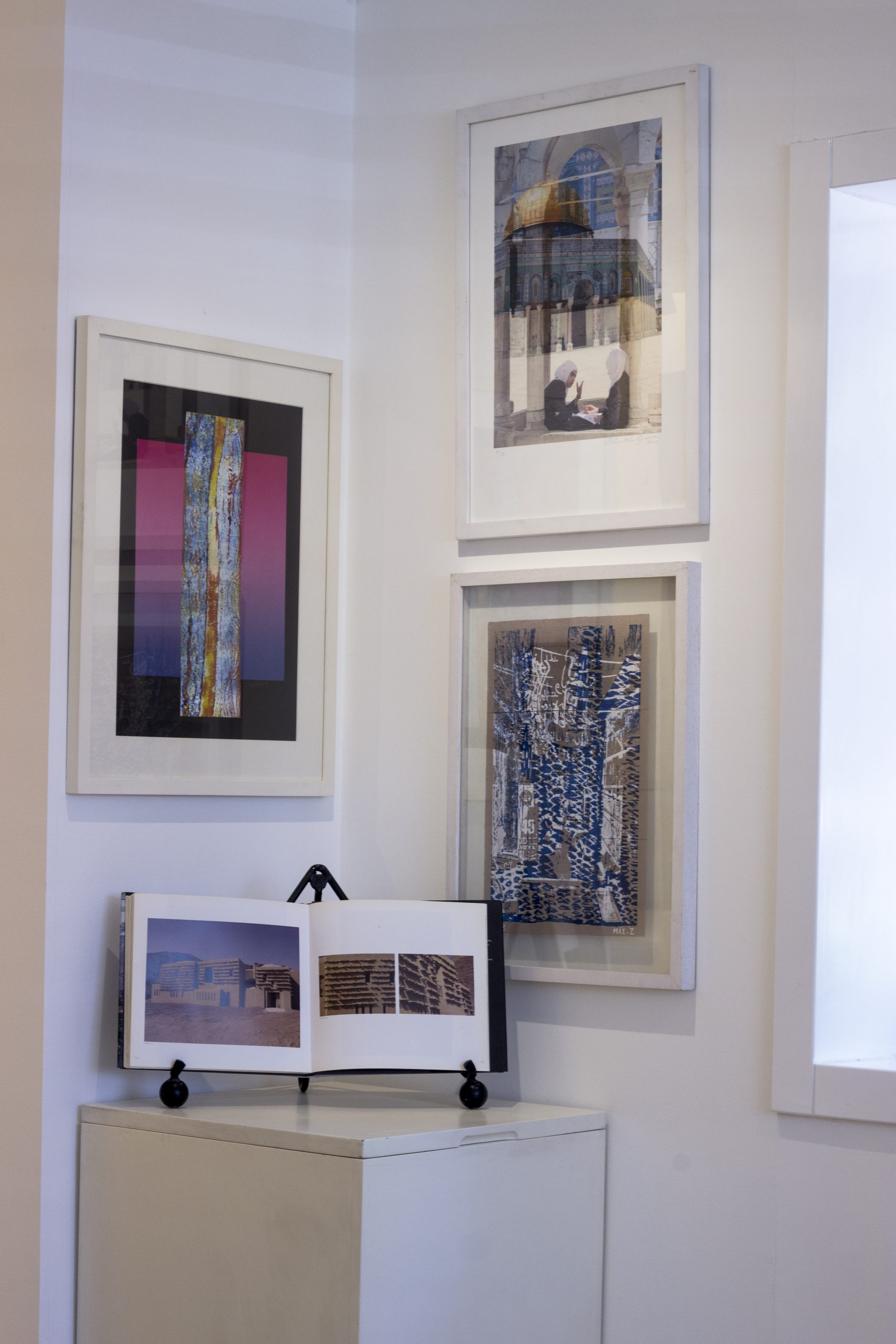

ES: Why did you decide to focus on print initially?
BR: Our focus is works on paper and that differentiates us from the rest of the galleries in Amman. When we opened the gallery, very limited prints were being shown in exhibitions and almost no photography. I learned that many artists are engaging with printmaking but exhibiting opportunities were limited. At the same time, I think due to my graphic design background, I’ve always had an interest in prints. They are affordable and accessible. That’s really the beginning of how everything started.
ES: You mentioned earlier your gallery’s educational role considering telling audiences about works on paper. Did you have a particular strategy or how did you go about it?
BR: We pushed things in front of the audience and artists. Artists had several questions including what kind of papers to use or inquiries about pricing, how to manage editions, how to maintain integrity through prints and the very logic behind them. Audiences, too, had and still have questions. Digital prints have raised questions, for instance. Pricing is also a topic of conversation, for instance why does something cost 20 dinars and something else 2000 dinars. We are always happy to explain and talk about the price differences between different types of works and the techniques used to create the print.
ES: How do you approach programming as a gallery?
BR: Well, right now everything is a bit different with COVID-19 making planning a challenge. This month we’ve got the Image Festival Amman and Juman Nimri’s Hidden World is coming up in October. Both have been rescheduled multiple times, so we are working on an ever-changing schedule these days. Normally, we do around six exhibitions a year, but prefer not to hold back-to-back exhibitions to give the other 100 or so artists we represent the opportunity to have works shown. As for the curation, there are shows where the artist has a well-rounded concept, and of course we curate, too – it is one of my favourite aspects of running a gallery. In December we do something a little bit more fun to join the festive mood, while January, February, March, September and October are the main exhibiting months. In 2020 we held two exhibitions after COVID-19 but people were understandably reluctant to visit, but now we are seeing more and more people. 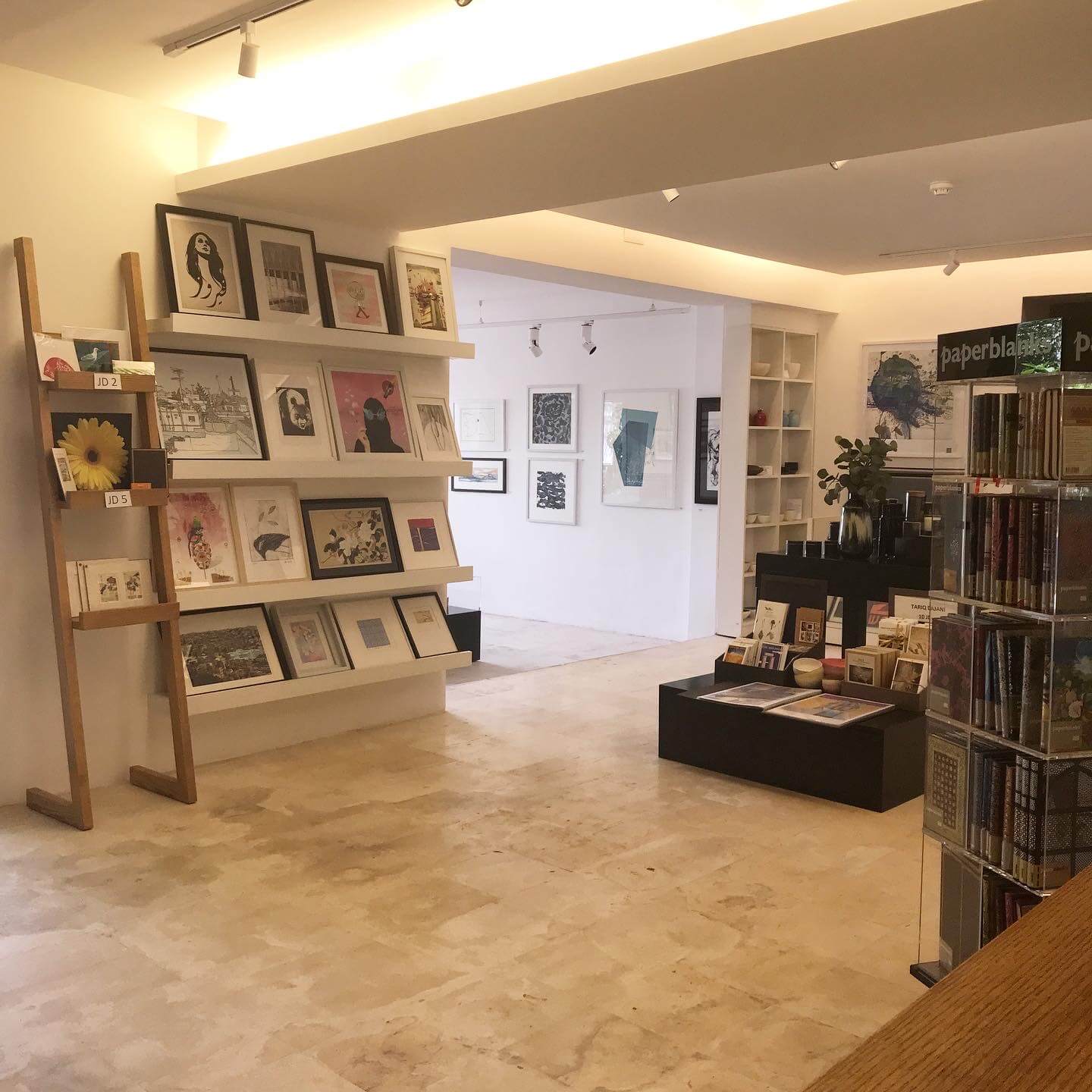

ES: How would you describe the Jordanian art scene?
BR: Despite the market being relatively small, each gallery in Amman has its own personality. The focus on works on paper is our distinguishing factor. The Jordan cultural scene – art, music, dance and theatre – requires better consolidated promotion and support from the general media. Newcomers to Amman have to do considerable research and legwork to find areas of culture that interests them, there is no comprehensive source of information. Considering audiences, there are the familiar faces who actively follow the arts but also there is a network of younger art followers who can develop into collectors.
ES: What have been some of the highlights during your career as a gallerist?
BR: Definitely the Australian show at the National Gallery in 2019 was a fantastic project. Generally speaking, it has been very rewarding to work with people with great potential who, however, did not think that they were ‘good enough’ to exhibit or did not consider themselves as ‘artists’. Similarly, being able to exhibit some of the older yet somewhat forgotten Jordanian artists and making sure they are getting the recognition they deserve has been great. In addition, of course, getting recognition for our innovation as a gallery has been rewarding as well.
ES: What kind of advice would you give to an aspiring gallerist?
BR: Don’t do it right now, wait a little. Have a vision of what kind of work you want to show and carefully curate your shows. Stay focused but also encourage and support emerging artists. For us it was very clear from the beginning that we would focus on works on paper and we’ve maintained that. This has also brought new opportunities, for instance cards, notebooks and wrapping papers. Have faith in yourself and in your own taste. When you open a gallery, your taste and curation is on show and you hope people will appreciate it. I think my confidence has obviously grown over the years, but it was a bit nerve wracking in the beginning. Try not to have high expectations of the return on your investment, it takes time to establish yourself. Consider an online presence, but I feel it’s not quite the same as seeing work in reality.
ES: What kind of hopes do you have for the future?
BR: I think about the longevity of the gallery because I want to make sure that we can continue to support artists, so I hope the gallery will continue its work in the future. This is important both for artists but also for our audience, to be able to show such an eclectic mix or works. Eventually, I will step aside and I would like to think that the gallery will keep going. Jacaranda Images has a vision and so do a lot of the people I work with, so I am optimistic that the work I started can continue.
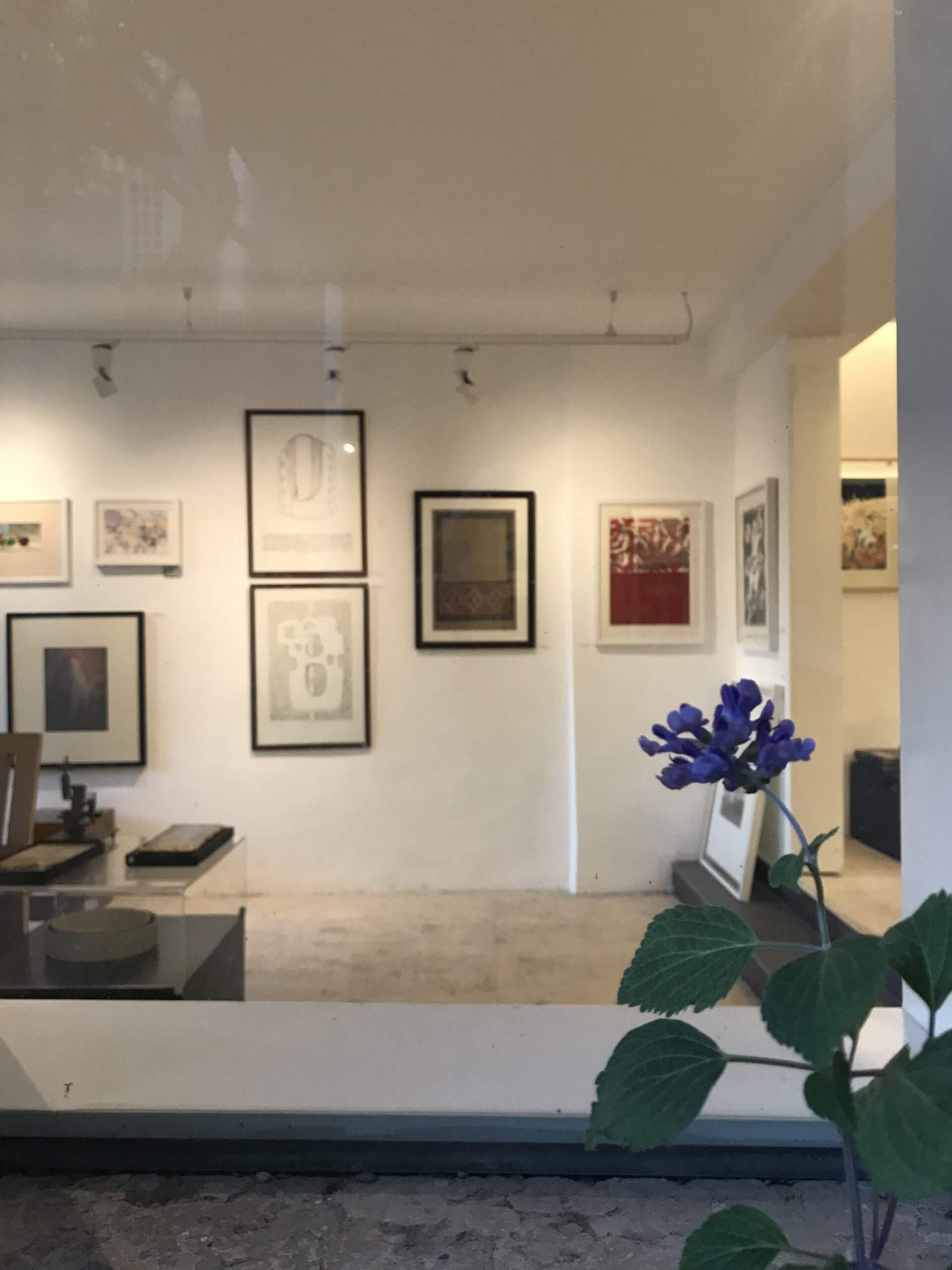

On view until 30 September: I READ I WRITE. Laura Boushnak.
Explore the gallery’s website here and follow them on Instagram here.


 In Conversation with Barbara Rowell
In Conversation with Barbara Rowell 
